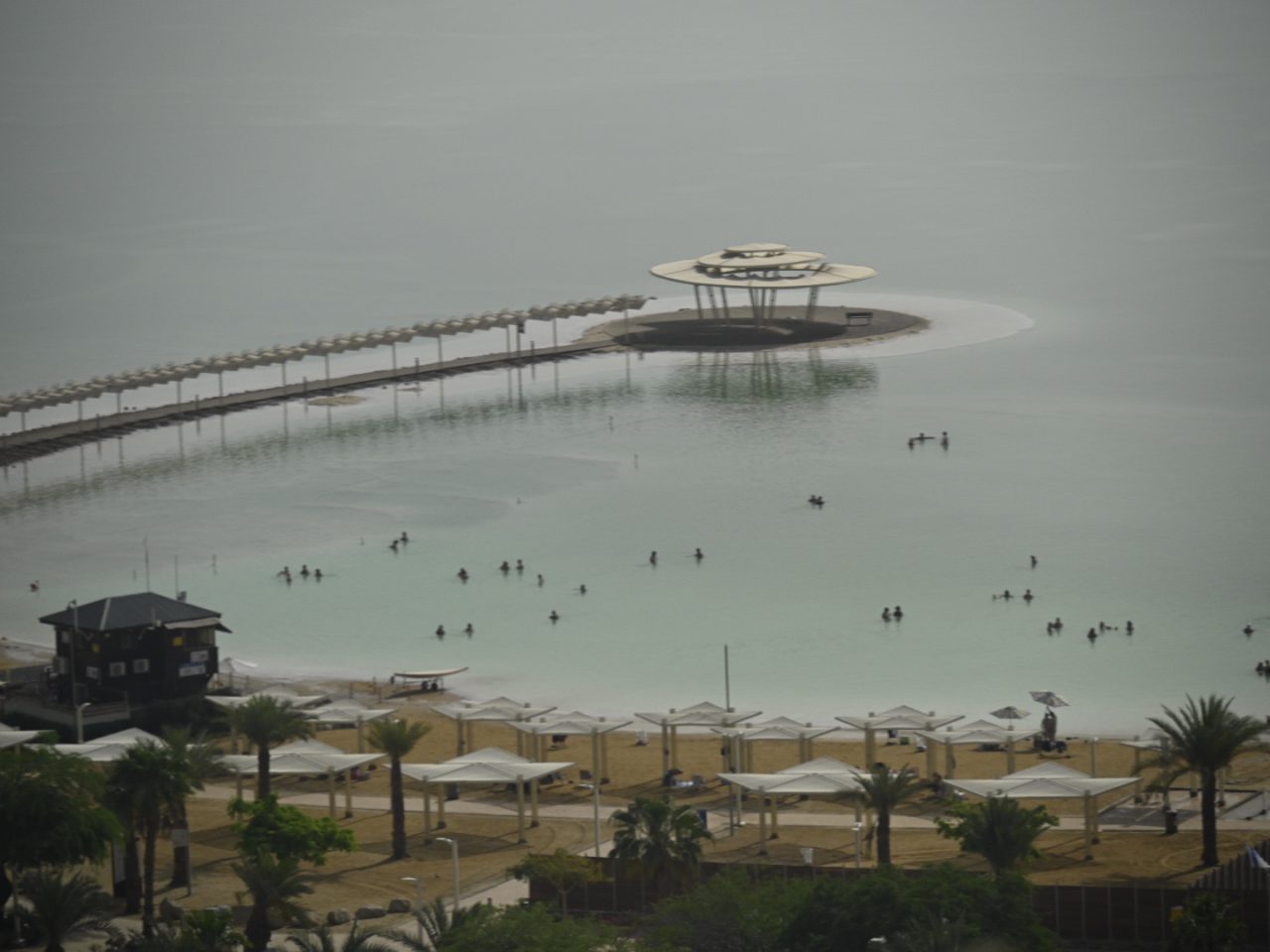
At sunset on the Mediterranean in Tel Aviv …
After a busy week of touring everyone is slowing down a little. Rotem gives us an extra hour to get ready in the morning. It’s Saturday in Israel and the Sabbath. Not many people on the streets and not much traffic so it’s easy to get around.

Our first order of business is COVID antigen testing for the return flight. Good news! The entire group is negative, so no quarantine stay necessary beyond our planned return.
Read More
On the bus to Tel Aviv …
We spent last night in the Negev Desert starting with dinner in Kfar Hanokdim and then speaking with a Bedouin man about life in his community and the transition away from a nomadic lifestyle. He misses the desert.


On the bus to the Negev Desert …
We begin the day on the Mount of Olives overlooking the Old City. From here we can see the Dome of the Rock in Temple Mount, the Western Wall, and the wall that surrounds the Old City. Rotem brings us here because it’s a great spot for a group photo and the photo that Donna, Mickey, and I take to commemorate each trip.


From the tunnels beneath the Old City …
I’m claustrophobic. It’s important to begin today’s blog with this admission. Read on for why.
We start the day down in the City of David Water Systems. This 1,553 meter tunnel was the source of water for the Old City. We descend a series of stairs to get to the tunnel, then wade through knee-deep water while crouching beneath the low tunnel ceiling. In complete darkness. With shoulder-wide walls. For over a mile. And again, I’m claustrophobic.
Read More
Traveling through the West Bank on the bus to Jerusalem …
Visiting a relatively smaller country means less time on the bus, but seeing more locations each day. And that means less time to work on blog updates on the bus and more places to photograph and write about. But the middle of the day is a long two-hour bus ride from the Sea of Galilee to Jerusalem. And I didn’t get much done, so this is coming to you from the Lobby Bar at the Jerusalem Ramada Inn.
Read More